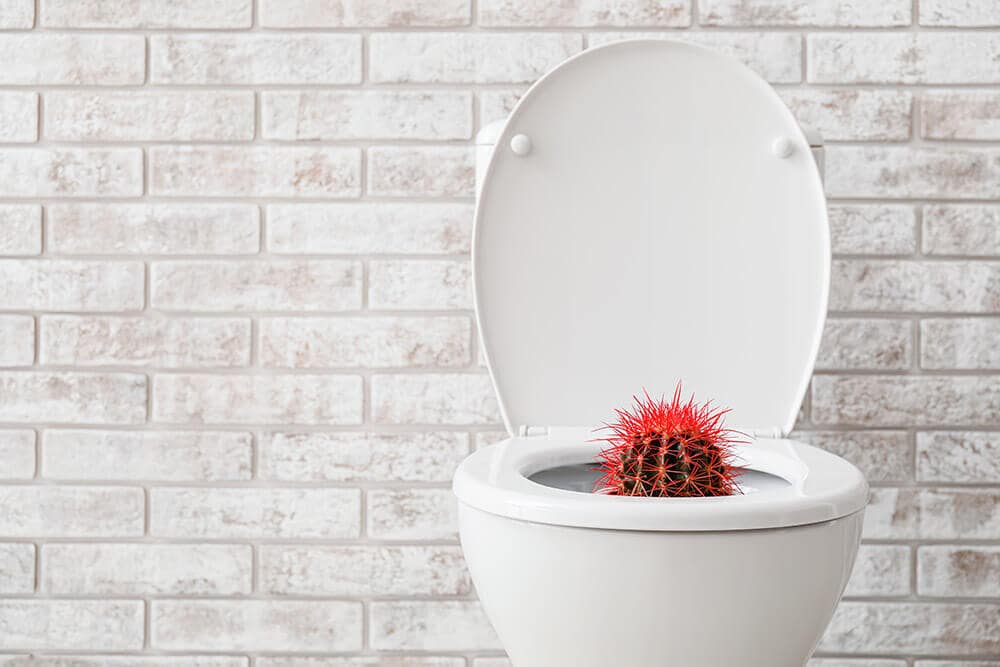How Dr. Rishi Chadha Diagnoses Sessile Serrated Lesions?
Dr. Rishi Chadha uses advanced diagnostic techniques:
Colonoscopy with High-Definition Imaging
He employs state-of-the-art HD endoscopes to spot flat or subtle serrated polyps during routine colonoscopy.
Biopsy and Pathologic Evaluation
Targeted tissue samples are obtained and reviewed under the microscope to confirm sessile serrated lesions and check for dysplasia.
CT Colonography (Virtual Colon Exam)
A non-invasive imaging alternative that provides a detailed view of the entire colon when needed.
ICD-10 Coding for Accurate Records
Uses code D12.9 (benign neoplasm of colon, unspecified) to ensure precise documentation and follow-up planning.
Genetic Testing for High-Risk Patients
Recommended for individuals with a family history of colorectal polyps or cancer to assess inherited predisposition.
Frequently Asked Questions
What is a sessile serrated lesion?
A flat or slightly raised colon polyp with saw-tooth shaped cells that can become cancerous if left untreated.
Are these lesions already cancerous?
No. SSLs start benign, but some may progress to cancer over time if not removed.
How do sessile serrated lesions differ from adenomas?
SSLs have serrated (saw-tooth) cell patterns and often hide in colon folds, unlike adenomas which display a different cellular architecture.
What is the ICD-10 code for a sessile serrated lesion?
D12.9 - benign neoplasm of the colon, unspecified.
Can I have a lesion without dysplasia?
Yes. SSLs without dysplasia show no early cancer signs, but removal is still recommended to prevent progression.
How often should I undergo follow-up screening?
Typically every 3-5 years, depending on the size, number, and pathology of removed polyps.
Can diet and lifestyle changes reduce my risk?
Yes. Eating more fiber, cutting down on red and processed meats, staying active, quitting smoking, and limiting alcohol can help lower your risk.
Are there non-surgical treatments for SSLs?
Most SSLs are removed during a colonoscopy using minimally invasive techniques like cold snare polypectomy or endoscopic mucosal resection.
Does family history affect my risk?
Yes. Having a parent or sibling with colon polyps or colorectal cancer increases your likelihood of developing SSLs.
How do I prepare for a colonoscopy?
Follow Dr. Chadha's instructions: use the prescribed bowel prep kit, stick to a clear liquid diet, and arrive well-hydrated on the day of the procedure.











